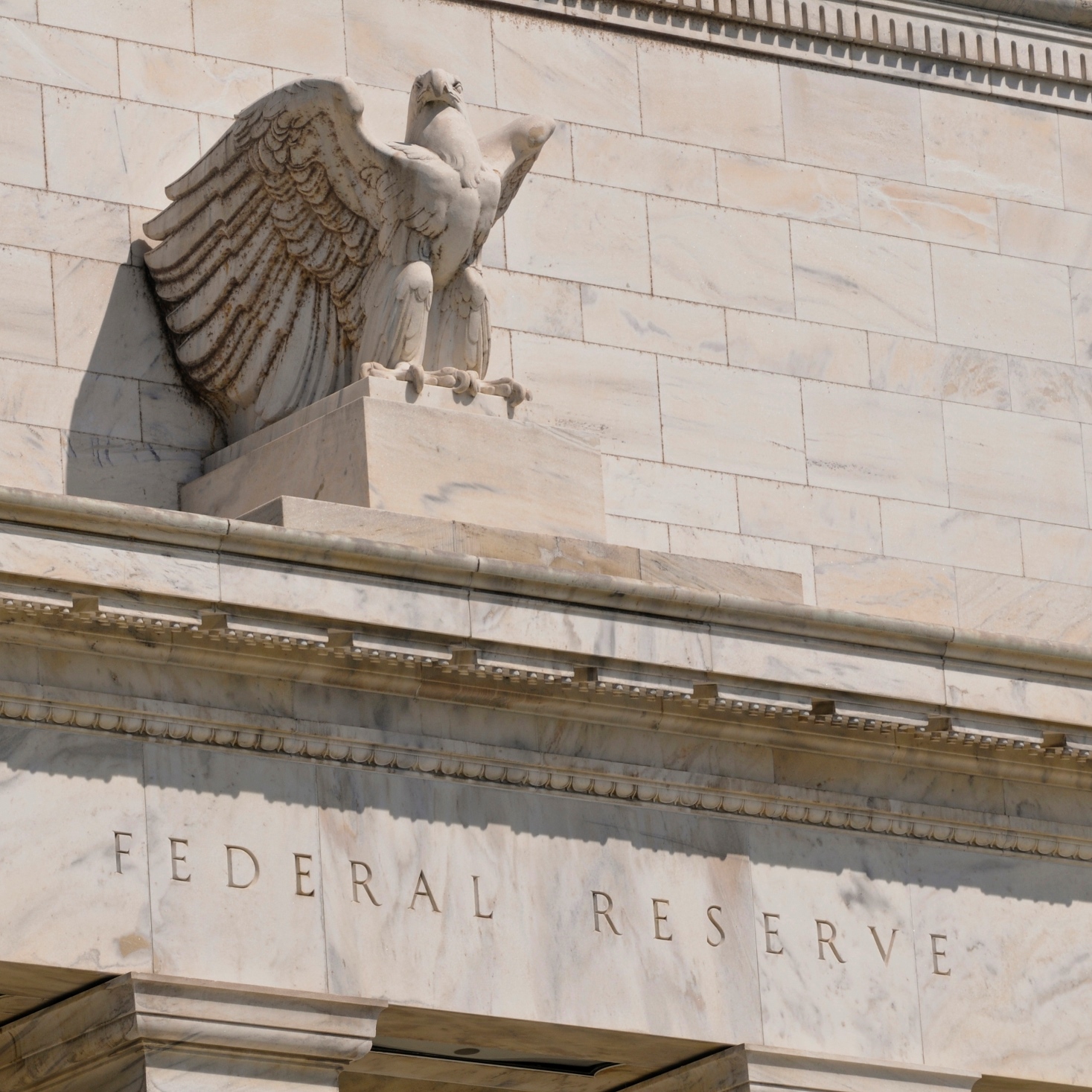Economy
FOMC Minutes Address Brexit Fears, Lower Rates for Longer, and More Economic Risks

Published:
Last Updated:

The Federal Reserve has released its minutes from the June 14 to June 15 FOMC meeting. Many exceptions have been made here, but the reality is that you are still seeing a Federal Reserve that is not wanting to jump the gun in a manner which would create more financial shocks or radical swings as the markets would have to react to such efforts.
Overall, the Fed noted that the pace of improvement in labor market conditions slowed in April and May – even while real gross domestic product appeared to be rising faster than in the first quarter.
One key issue remaining in place is that consumer price inflation continued to run below the committee’s longer-run objective of 2%. According to the minutes, this is due in part by earlier decreases in energy prices and in prices of non-energy imports. Measures of longer-run inflation expectations were mixed in recent months, but the minutes also show a view that market-based measures of inflation compensation declined from levels that were already low.
What 24/7 Wall St. would point out, regardless of how the individual and combined words inside these minutes are interpreted, is that the FOMC is just not expected to raise rates very much ahead. The international economic snapshot just won’t support much higher rates with over $11 trillion in sovereign debt being at negative yields at the end of June.
Jobs remain strong but there are many comments on both sides of the equation. The minutes said:
Total nonfarm payroll employment gains slowed in April and May, even after adjusting for the effects of a strike at a large telecommunications company. The unemployment rate dropped to 4.7 percent in May, partly reflecting an unusually large number of unemployed persons exiting the labor force. Over the first two months of the second quarter, both the labor force participation rate and the employment-to-population ratio moved down on net. The share of workers employed part time for economic reasons rose noticeably in May. Although the rate of private-sector job openings remained elevated, the rate of hires declined in both March and April and the rate of quits was unchanged. The four-week moving average of initial claims for unemployment insurance benefits moved up a little, on net, from late April to early June but was still at a low level. Labor productivity growth remained slow over the four quarters ending in the first quarter of 2016. Measures of labor compensation continued to rise at a moderate pace on balance: Compensation per hour in the nonfarm business sector increased 3-3/4 percent over the four quarters ending in the first quarter, the employment cost index for private workers rose 1-3/4 percent over the 12 months ending in March, and average hourly earnings for all employees increased 2-1/2 percent over the 12 months ending in May.
Additional observation summaries were seen as follows:
Many investors have continued to talk about a third mandate, being international markets and economies. This does of course matter to the FOMC members, but it is not inside of the official dual mandate (U.S. inflation and full U.S. employment). The Fed even noted the Brexit move and the uncertainty at that time: The minutes said:
Foreign real GDP growth picked up in the first quarter, supported by relatively robust increases in Canada, the euro area, Japan, and Mexico. However, the pace of growth appeared to slow in many foreign economies in the second quarter, although in some cases as a result of what were likely to be temporary disruptions, including wildfires in Canada and an earthquake in Japan. In the United Kingdom, uncertainty about the outcome of the referendum on exit from the European Union seemed to be holding down investment. In contrast, indicators for emerging Asia, including China, suggested that economic growth picked up in the second quarter. Inflation remained low in the advanced foreign economies (AFEs), in part reflecting previous declines in energy prices. Inflation also continued to be subdued in most emerging market economies (EMEs).
If you’re one of the over 4 Million Americans set to retire this year, you may want to pay attention.
Finding a financial advisor who puts your interest first can be the difference between a rich retirement and barely getting by, and today it’s easier than ever. SmartAsset’s free tool matches you with up to three fiduciary financial advisors that serve your area in minutes. Each advisor has been carefully vetted, and must act in your best interests. Start your search now.
Don’t waste another minute; get started right here and help your retirement dreams become a retirement reality.
Thank you for reading! Have some feedback for us?
Contact the 24/7 Wall St. editorial team.